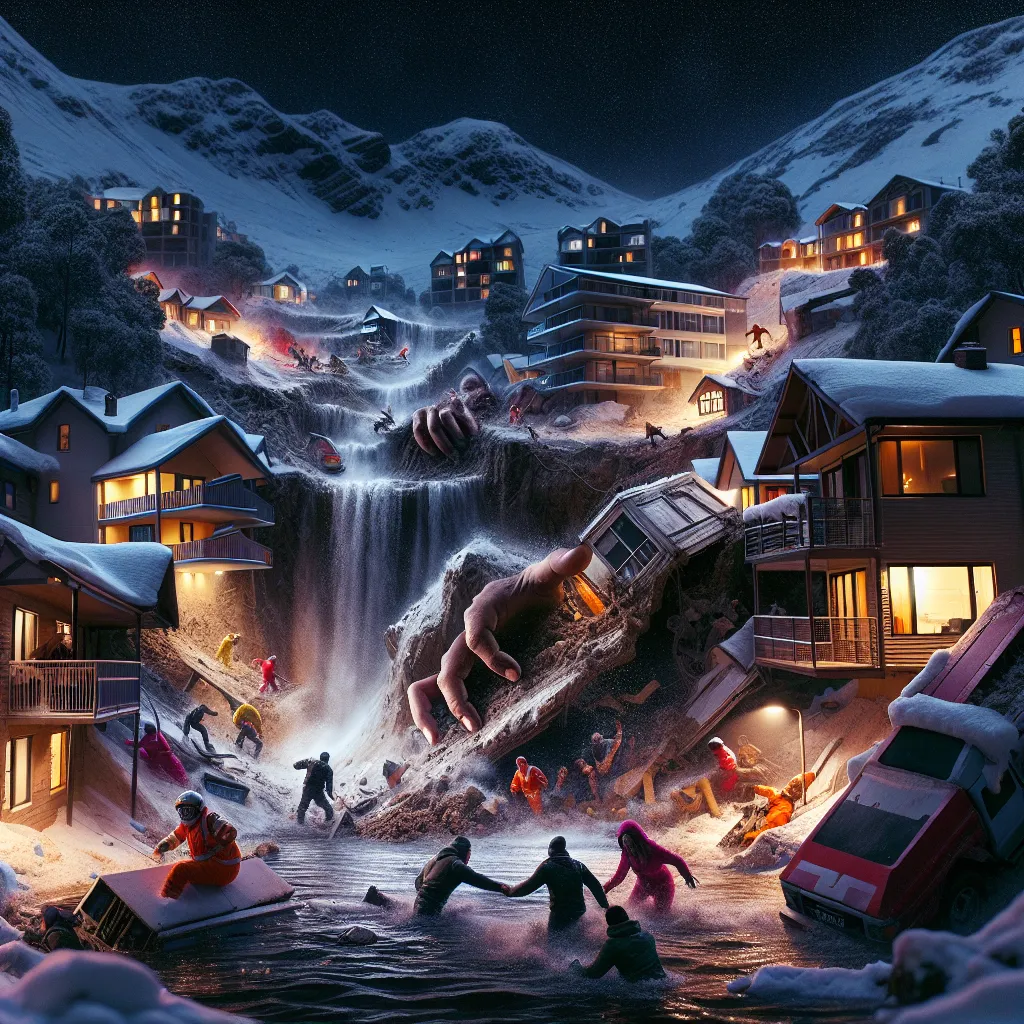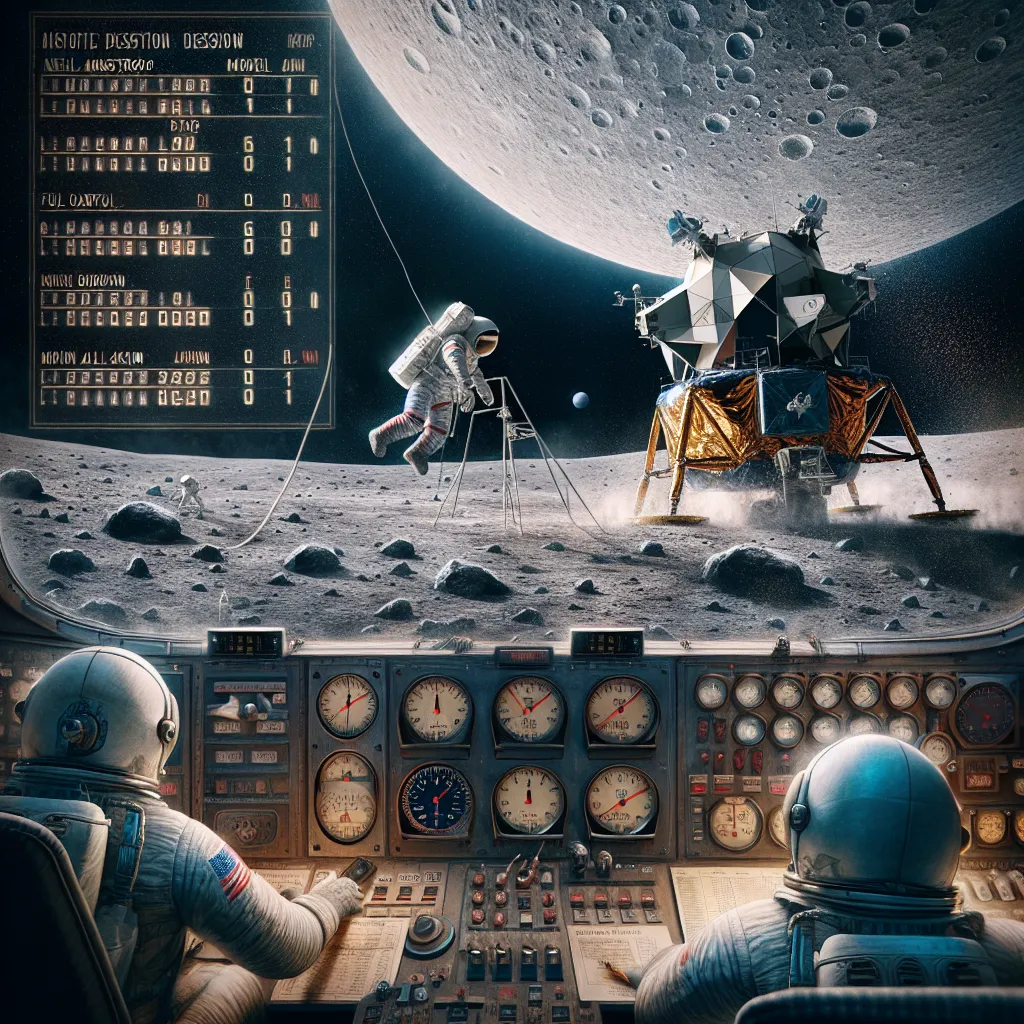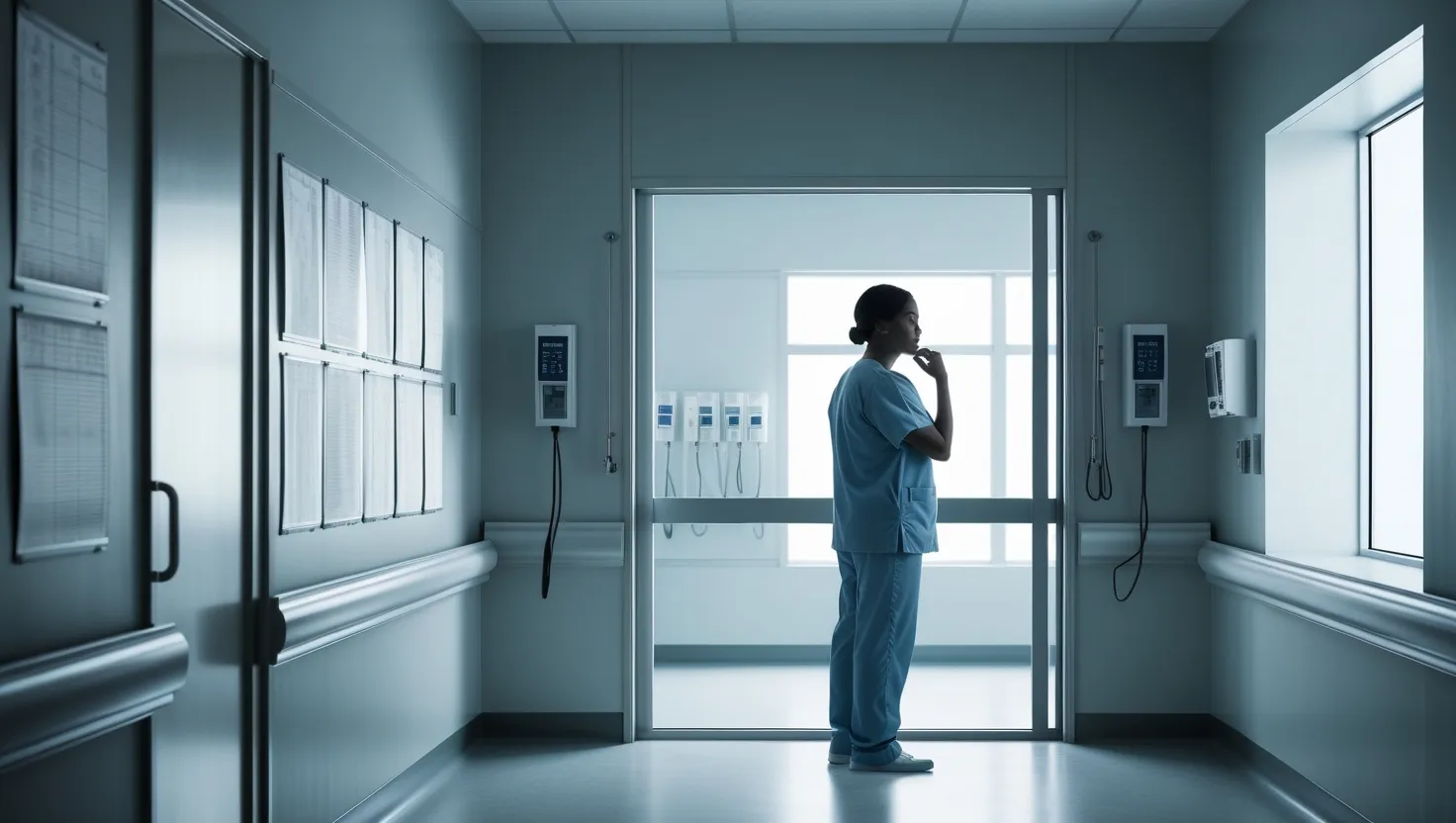In the vast snowy expanse of New South Wales, Australia, Thredbo nestles 260 miles south of Sydney. It’s a tiny ski resort village that witnessed a harrowing catastrophe on the night of July 30th, 1997. The hillside moved, inching at first, then with relentless speed, more than 70,000 cubic feet of earth, mud, and rocks cascaded down. The resulting landslide demolished two ski lodges and buried 19 people alive, halting on a precarious 40-degree slope.
The cause of this landslide remains one of the lengthiest and most complex investigations. Emergency calls flooded the fire service headquarters as the disaster unfolded. The local part-time fire brigade, many of whom had family and friends buried under the debris, rushed to the scene. Among the missing were Stewart Diver and his wife Sally, ski instructors newly wedded, asleep in their apartment when the lodge was crushed.
Stewart and Sally found themselves pinned beneath concrete slabs, cold water from the hillside flooding over them. As Stewart lifted his head above the icy water, Sally was drowning just below him. Rescuers soon heard the victims’ cries, but the site was too unstable for immediate digging, complicating rescue efforts.
Stewart Diver was trapped in this concrete prison, freezing and distraught over the loss of his wife. After 53 excruciating hours, a rescuer’s ear caught his faint cry. Though unable to extract him immediately, they managed a tiny opening, enough for a camera. Paul Featherstone, a paramedic, communicated with Diver, providing reassurance despite the challenges.
Rescuers tirelessly dug toward Diver for 12 long hours. Every slip of the earth forced an evacuation, but Featherstone stayed with Diver, even creating noise to maintain hope when digging ceased. Finally, Stewart was pulled out almost miraculously, lifting the spirits of a nation mourning the tragedy. From his hospital bed, Stewart expressed gratitude to all who prayed and supported him, saying it was overwhelming and crucial to his survival.
The landslide puzzled geologists initially. There was no recent rain, and seasonal snow hadn’t yet begun to melt. The mystery was unraveled months later, revealing the landslide’s man-made causes. A leaking water pipe above the village had saturated the soil. Additionally, the village was built on unstable debris from a centuries-old landslide. This disaster, though a tragic testament to human vulnerability, highlighted that it could have been prevented.






